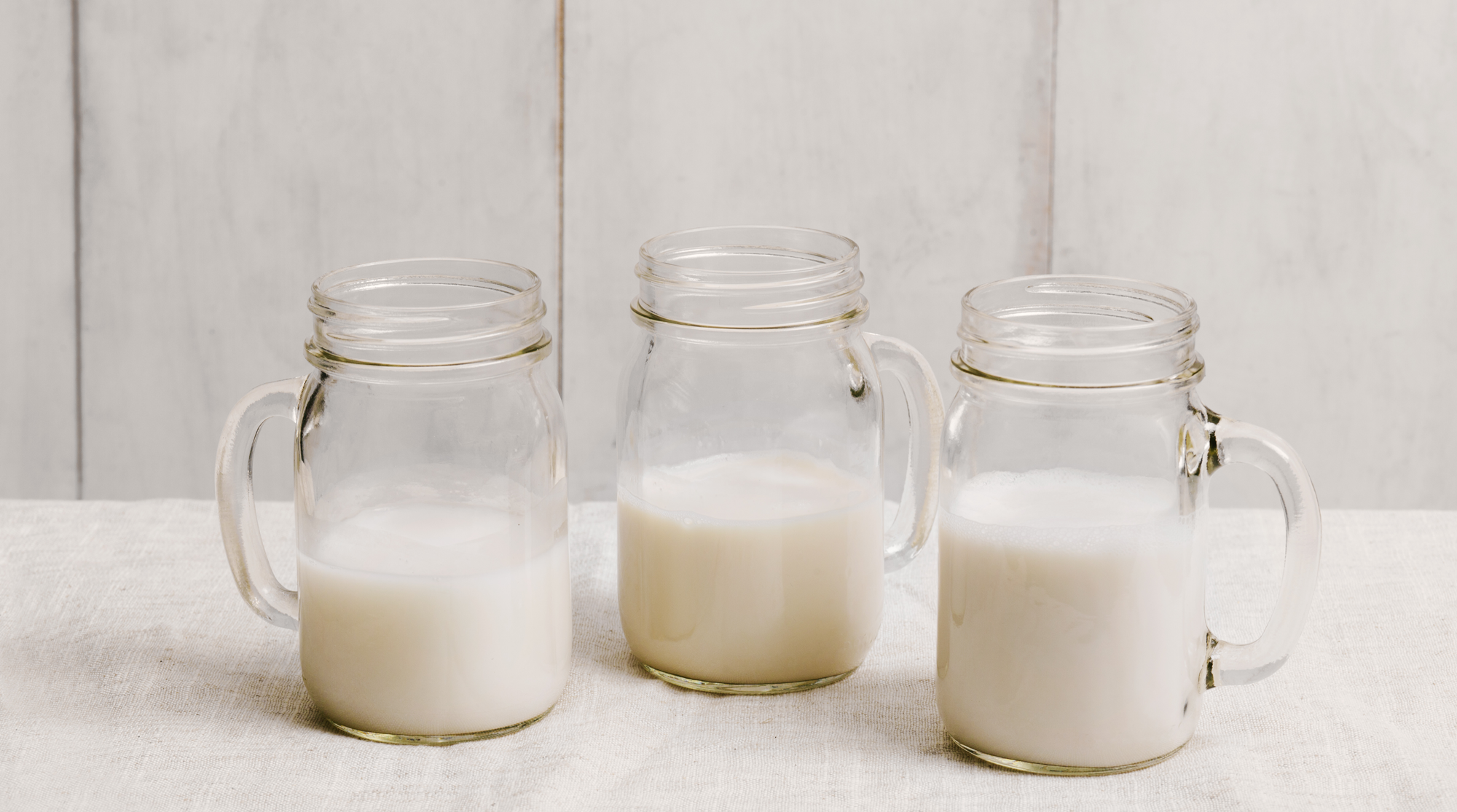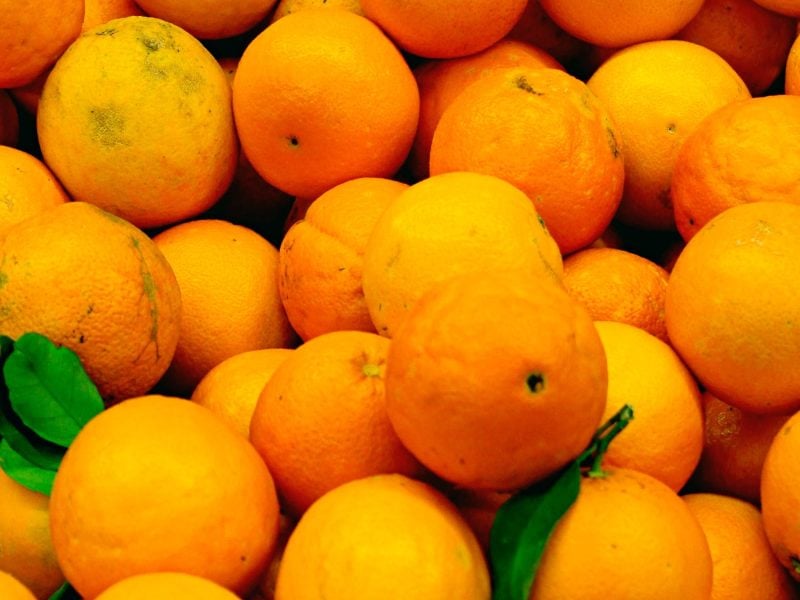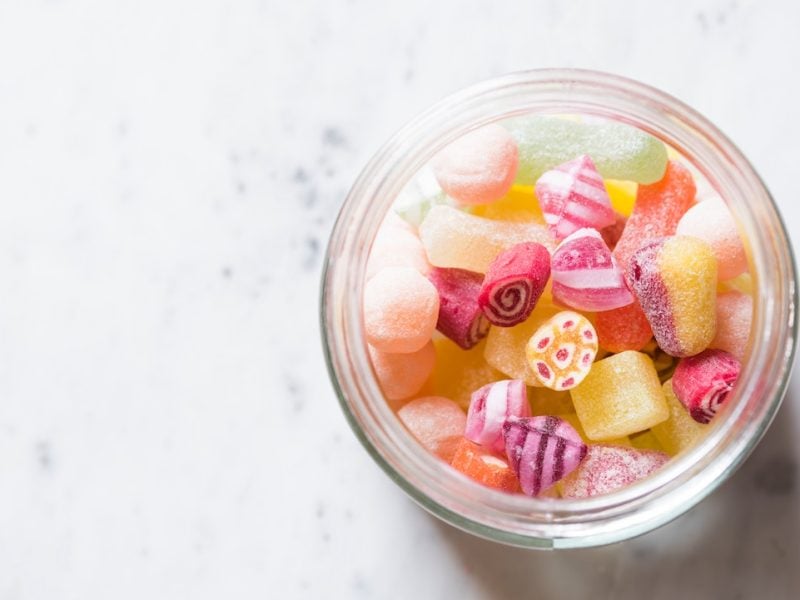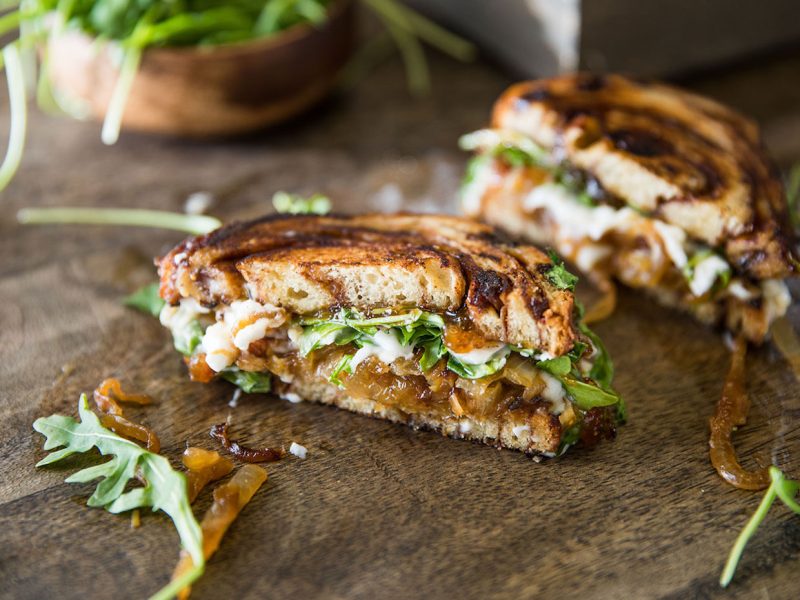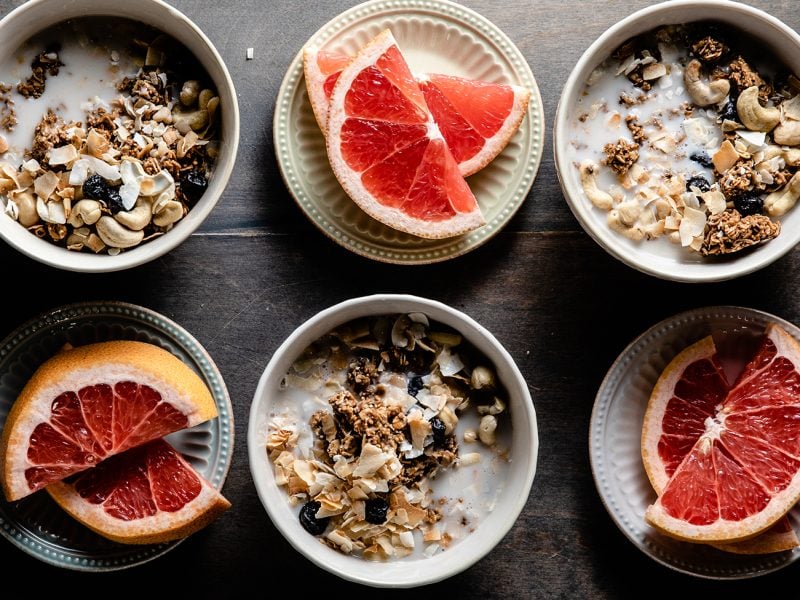The Dairy-Inflammation Connection
By: Jacqueline Nochisaki
The buzziest word in wellness right now? Inflammation. No doubt you know of it as the possible root cause for just about every health issue you can think of, but what’s the dairy-inflammation connection? And how do we eliminate it? Read on to explore how traditional dairy products cause inflammation in the body.
“Inflammation is the normal response of the body’s defense—or immune—system,” says Dr. Uma Naidoo, psychiatrist, director of Nutritional and Lifestyle Psychiatry at Massachusetts General Hospital in Boston, a professional chef, culinary instructor, and nutrition consultant. “It helps our body heal itself from infection or an injury and maintain the integrity of our body systems. We need this response to live.”
Your immune system kicks into gear when you’re injured or sick, and you notice this as redness, swelling or pain at the site of the injury or illness, which encourages the healing process. And when the paper cut heals or the flu is beaten, that inflammation subsides. But the immune system can also be activated by a number of factors that cause chronic or ongoing inflammation—the kind that doesn’t subside. “And it’s this hidden version that may lead to disease,” Naidoo says.
The most common causes of chronic inflammation today are sensitivities to food and toxins, a poor diet, stress and a lack of exercise, Naidoo says. And for some, dairy is right at the top of the food-sensitivity list alongside gluten and sugar.
Stemming from difficulties in digesting milk products, a dairy sensitivity may be due to an intolerance to lactose, a type of sugar found in milk, or to its casein proteins. Theories on what exactly causes the digestion issues with these components is still debated, but many experts agree that often what dairy cows are fed and how they are medicated are cause for concern. Diets of grain and corn result in dairy products that contain high levels of inflammatory omega-6 fatty acids. Conventional dairy cows are often injected with growth hormones, to increase milk production, and antibiotics—which make their way into the products we consume, Naidoo says.
According to Naidoo, bloating, gas, constipation, diarrhea and acne—to name just a few fun side effects—may indicate that going dairy-free might be the way to go. “One way to test if dairy is causing inflammation is to cut it out of your diet for about two to three weeks, and see how you feel,” Naidoo says. “Be aware of any changes. Do your sinuses feel clearer? Are your headaches gone? Do you have more energy? Note what feels different.” An improvement in symptoms often means you’re on the way to decreasing dairy-induced inflammation.
After a few weeks, slowly reintroduce dairy and see what happens, Naidoo says. If your symptoms return, it may be time to think about going dairy-free for good.
SIMPLE SWAPS
Whether you decide to cut dairy out to reduce inflammation, investigate a potential intolerance, or because you feel compassion for environmental and animal welfare, here are some simple (and delicious!) swaps you can make.
Swap cheese for: Follow Your Heart cheese slices. You’ll find all varieties, from Smoked Gouda to Parmesan. We repeat: SMOKED. GOUDA.
Swap ice cream for: So Delicious, featuring cashew-, coconut-, almond- and soy-based pints, ice cream bars and sandwiches. You just can’t go wrong.
Swap yogurt for: Kite Hill. Almond milk-based and delicious, our pick is the peach flavor, which is soy free and made with fresh peaches.
Swap milk for: Oatly’s Oat Drink. Made from Swedish oats and enriched with calcium, it totally nails the creamy consistency you’re hoping for.
Swap coffee creamer for: Nutpods. Made from almonds and coconuts, the flavors include much-loved French Vanilla and Hazelnut as well as original—all sans carrageenan.
Swap butter for: Earth Balance Original Buttery Spread. Works for baking just as well as on toast.


